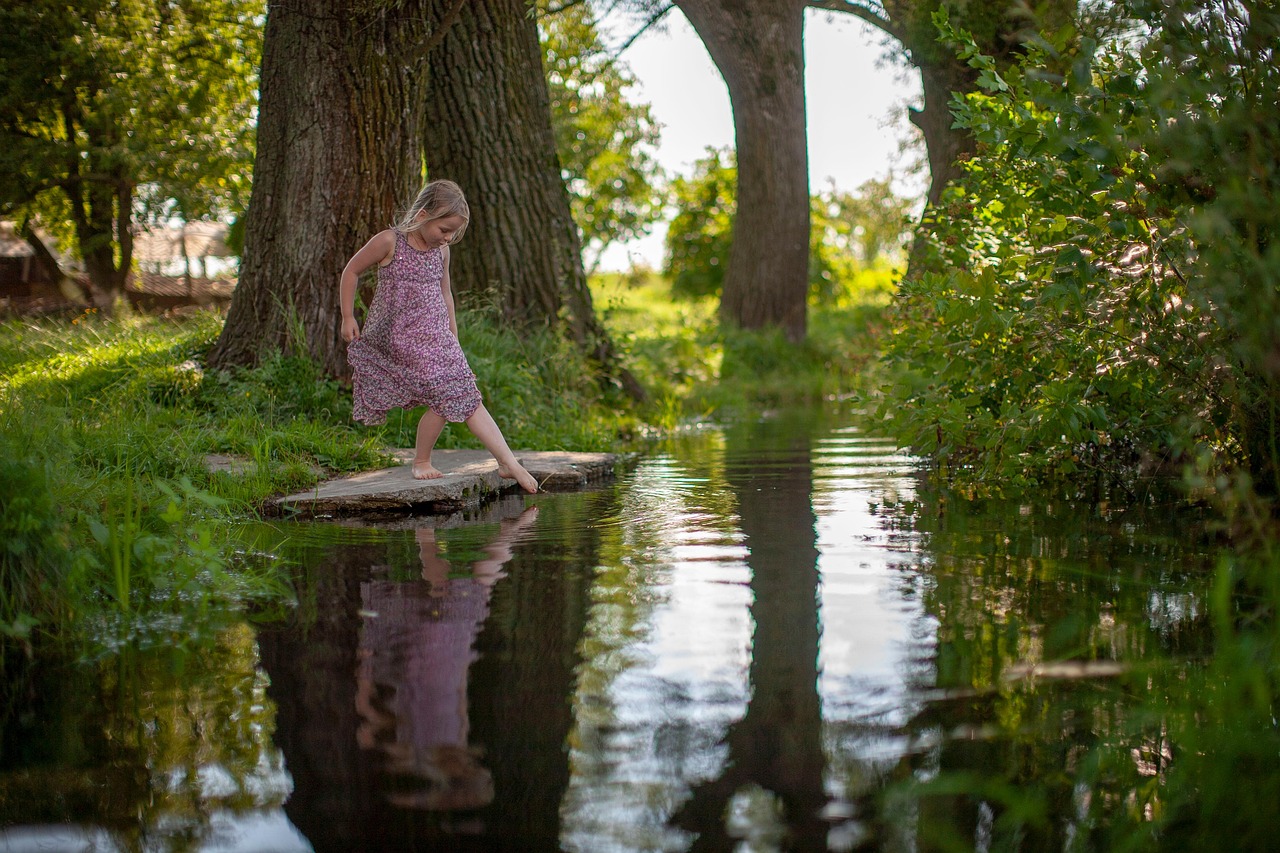Ensuring the safety of our children is paramount. In a world filled with both opportunities and potential hazards, proactive child safety measures are essential. This blog post provides a comprehensive guide to creating a safe environment for children, both online and offline, and equipping them with the knowledge and skills to protect themselves.
Home Safety: Creating a Secure Environment
Fire Safety
Fires can be devastating, but taking preventative measures can significantly reduce the risk.
- Smoke Detectors: Install smoke detectors on every level of your home and inside each bedroom. Test them monthly and replace batteries at least once a year. Consider using detectors with sealed, 10-year batteries.
- Fire Extinguisher: Keep a fire extinguisher accessible and know how to use it. Regularly check its pressure gauge.
- Escape Plan: Develop a fire escape plan with your family and practice it regularly. Ensure everyone knows two ways out of each room. Designate a meeting point outside the house.
- Cooking Safety: Never leave cooking unattended. Keep flammable items away from the stove. Turn pot handles inward.
- Electrical Safety: Check electrical cords for damage. Avoid overloading outlets. Use outlet covers to prevent children from inserting objects.
- Example: Create a visual map of your home with escape routes highlighted. Conduct fire drills at different times of the day and night to simulate real-life scenarios.
Poison Prevention
Many household products can be harmful if ingested.
- Secure Storage: Store all medications, cleaning supplies, and hazardous materials in locked cabinets or out of children’s reach.
- Original Containers: Keep products in their original containers to avoid confusion. Never transfer chemicals to food or drink containers.
- Carbon Monoxide Detectors: Install carbon monoxide detectors near sleeping areas. Carbon monoxide is odorless and deadly.
- Plant Safety: Identify and remove poisonous plants from your home and yard.
- Contact Information: Keep the Poison Control Center number (1-800-222-1222 in the US) readily available.
- Example: Conduct a monthly check of your home for potential poisoning hazards. Create a checklist of items to secure and regularly review it.
Water Safety
Drowning is a leading cause of accidental death for children.
- Constant Supervision: Never leave children unattended near water, even for a moment.
- Pool Safety: Install a fence around pools with a self-latching gate. Learn CPR.
- Bathtub Safety: Never leave a child unattended in the bathtub, even for a short time. Empty the tub immediately after use.
- Water Awareness: Teach children about water safety from a young age. Enroll them in swimming lessons when they are ready.
- Life Jackets: Ensure children wear properly fitted life jackets when boating or participating in water sports.
- Example: If you have a pool, consider installing a pool alarm that alerts you if someone enters the water. Regularly inspect and maintain your pool fencing.
Internet Safety: Navigating the Digital World
Online Communication
Protecting children from online predators and cyberbullying is crucial.
- Open Communication: Talk to your children about online safety and encourage them to report any uncomfortable or concerning interactions.
- Privacy Settings: Adjust privacy settings on social media and other online platforms to limit who can see your child’s profile and information.
- Monitoring Software: Consider using monitoring software to track your child’s online activity. However, balance monitoring with respect for their privacy.
- Stranger Danger: Teach children never to share personal information with strangers online and never to meet anyone they’ve met online in person without adult supervision.
- Cyberbullying Awareness: Educate children about cyberbullying and how to report it. Encourage them to be respectful and responsible online citizens.
- Example: Have regular family discussions about online safety. Review your child’s social media profiles together and discuss appropriate content and interactions.
Content Filtering
Protect children from inappropriate online content.
- Parental Controls: Utilize parental controls on computers, smartphones, and gaming consoles to block access to inappropriate websites and apps.
- Safe Search: Enable safe search settings on search engines like Google and Bing.
- Website Filtering Software: Install website filtering software to block access to specific categories of websites, such as those containing pornography or violence.
- App Restrictions: Set age restrictions on app downloads and purchases. Review the apps your child is using.
- Time Limits: Establish time limits for online activities to promote a healthy balance.
- Example: Use the parental control features built into your router to filter content for all devices connected to your home network.
Social Media Safety
Guiding children on responsible social media usage.
- Age Restrictions: Enforce age restrictions for social media platforms. Most platforms require users to be at least 13 years old.
- Account Monitoring: Monitor your child’s social media activity regularly. Be aware of who they are interacting with and what they are posting.
- Reputation Management: Teach children that everything they post online is permanent and can affect their reputation.
- Privacy Awareness: Emphasize the importance of protecting personal information and avoiding oversharing online.
- Positive Online Presence: Encourage children to use social media for positive purposes, such as connecting with friends and family and sharing their interests.
- Example: Create a family agreement about social media usage, outlining rules and expectations for online behavior.
Out-of-Home Safety: Extending Protection Beyond the Home
Car Safety
Motor vehicle accidents are a leading cause of injury and death for children.
- Car Seats: Use age- and weight-appropriate car seats or booster seats for all children. Install car seats correctly and follow manufacturer instructions.
- Seat Belts: Ensure all passengers, including children, wear seat belts at all times.
- Distracted Driving: Avoid distracted driving, such as texting or talking on the phone, while driving with children.
- Never Leave Children Unattended: Never leave children unattended in a car, even for a short time, especially in hot weather.
- Backseat Safety: Children under the age of 13 should ride in the back seat.
- Example: Have your car seat installation checked by a certified car seat technician. This service is often offered by local hospitals or fire departments.
Pedestrian Safety
Protecting children as they walk or bike.
- Traffic Rules: Teach children about traffic rules and how to cross the street safely.
- Crosswalks: Use crosswalks and pedestrian signals whenever possible.
- Look Both Ways: Emphasize the importance of looking both ways before crossing the street.
- Visibility: Wear bright clothing and reflective gear, especially when walking or biking at night.
- Sidewalks: Walk on sidewalks whenever available. If there are no sidewalks, walk on the side of the road facing traffic.
- Example: Practice walking to school or a nearby park with your child, demonstrating safe pedestrian habits.
Playground Safety
Ensuring children can play safely.
- Supervision: Supervise children while they are playing on playground equipment.
- Surface Safety: Make sure the playground has a soft surface underneath the equipment, such as wood chips, rubber, or sand.
- Equipment Inspection: Check the equipment for hazards, such as broken or loose parts.
- Age Appropriateness: Ensure children are using equipment that is appropriate for their age and abilities.
- Proper Clothing: Avoid wearing clothing with drawstrings or loose items that could get caught on the equipment.
- Example: Conduct a quick inspection of the playground before allowing your child to play, looking for potential hazards.
Personal Safety: Empowering Children to Protect Themselves
Stranger Awareness
Teaching children how to interact with strangers.
- “Stranger Danger”: Teach children that not all strangers are bad, but they should be cautious around people they don’t know.
- Never Go Alone: Encourage children never to go anywhere alone with a stranger.
- “No, Go, Tell”: Teach children the “No, Go, Tell” rule: If a stranger tries to approach them, they should say “No,” go to a safe place, and tell a trusted adult.
- Identifying Safe Adults: Help children identify safe adults they can turn to for help, such as teachers, police officers, and store clerks.
- Trust Your Instincts: Encourage children to trust their instincts and to speak up if they feel uncomfortable or unsafe.
- Example: Role-play scenarios with your child to practice how to respond to different situations involving strangers.
Body Safety
Teaching children about appropriate touch and boundaries.
- Body Ownership: Teach children that they have the right to own their body and that no one has the right to touch them in a way that makes them feel uncomfortable.
- Private Parts: Explain what private parts are and that no one should touch them except for hygiene purposes.
- Secret Keeping: Teach children that they should never keep secrets that make them feel uncomfortable or unsafe.
- Trusted Adults: Encourage children to talk to a trusted adult if someone has touched them inappropriately.
- Consent: Teach children about the importance of consent and that they have the right to say “no” to any touch they don’t want.
- Example: Use age-appropriate books or resources to help teach children about body safety and healthy boundaries.
Emergency Preparedness
Equipping children with skills to handle emergencies.
- Emergency Numbers: Teach children how to call 911 (or your local emergency number) and what information to provide.
- Contact Information: Ensure children know their full name, address, and phone number.
- First Aid Basics: Teach children basic first aid skills, such as how to clean and bandage a wound.
- Safe Places: Identify safe places children can go to in case of an emergency, such as a neighbor’s house or a local business.
- Emergency Kit: Prepare an emergency kit with essential supplies, such as water, food, and a flashlight.
- Example: Practice calling 911 with your child (without actually dialing) to simulate an emergency situation.
Conclusion
Child safety is an ongoing commitment that requires vigilance, education, and open communication. By implementing the strategies outlined in this guide, you can create a safer environment for your children, both physically and digitally. Remember to adapt these strategies to your child’s age and developmental stage, and to regularly review and update your safety plans as needed. Empowering children with knowledge and skills is the most effective way to protect them and help them thrive in a safe and supportive world.


